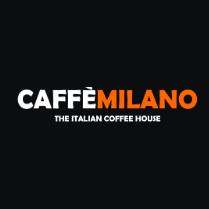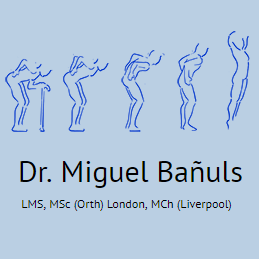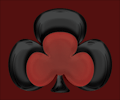Minimalist web design encapsulates the modern ethos of simplicity, punctuating the user experience with clarity and purpose. In a world teeming with distractions, adopting minimalist web design principles allows creators to prioritize essential content that resonates with users and enhances engagement. By employing fewer graphical elements and focusing on swift, efficient navigation, businesses can witness lower bounce rates and greater user satisfaction. Current web design trends reflect a shift towards this aesthetic, demanding fast-loading websites and mobile optimization as core components for success. Moreover, the elegance of minimalist design goes hand-in-hand with brand identity, offering a sophisticated platform where every element serves a significant role.
Embarking on the journey of minimal web aesthetics reveals a treasure trove of opportunities to streamline digital landscapes. This approach, often characterized by its clean lines and focused layouts, embraces the philosophy of simplicity, enabling the creation of intuitive online experiences. Users are met with seamless navigation and visually appealing designs that showcase the harmony of form and function, effectively elevating their interaction with the digital realm. With a growing emphasis on user satisfaction and mobile responsiveness, brands are increasingly drawn to these stripped-back principles that promise not just beauty, but enhanced performance as well. As we delve deeper into the world of minimalist aesthetics, it becomes evident that this is not merely a design choice but a strategic imperative in today’s digital marketplace.
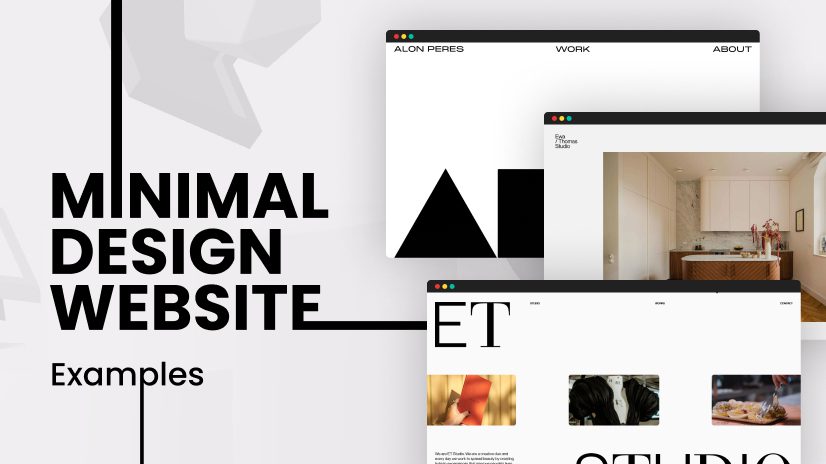
The Essence of Minimalist Aesthetics
In a world saturated with visual stimuli, the concept of minimalist web design emerges as a breath of fresh air. This approach not only simplifies aesthetics but also distills complex messages into their elemental forms. By consciously choosing to strip away the unnecessary, designers can create spaces that breathe, inviting users to linger and engage without distraction.
Minimalism whispers clarity, guiding users effortlessly through an ocean of information. Each element serves a distinct purpose, creating a harmonious flow that resonates with the user’s intent. This philosophy aligns perfectly with the idea that sometimes the most powerful communication arises from silence—spaces that invite contemplation and connection.
Navigating the Benefits of Simplicity
The benefits of minimalist web design extend well beyond mere aesthetics. Imagine a digital landscape where users can navigate with ease, finding the information they seek in mere moments. This clarity translates into heightened satisfaction—an essential element in the often-chaotic world of online browsing. Research illustrates that fostering a user-centric focus leads to faster decision-making, with users more inclined to engage with content when distractions are minimized.
Moreover, the rapid loading times offered by minimalistic designs create a user experience that is almost instantaneous, reducing the likelihood of those dreaded bounce rates. As Google reiterates, speed is not just a luxury; it’s a necessity, especially with today’s discerning users who expect immediate results. This attention to performance adds another layer to the robust advantages of minimalist web design.
Embracing Minimalism in Your Digital Journey
Transitioning to a minimalist web design is akin to embarking on a thoughtful journey of discovery. The process begins by defining your goals, ensuring that every design choice aligns with the desired user experience. A simple color palette can evoke the very essence of your brand while keeping distractions at bay—think of it as a gentle whisper rather than a loud shout.
Effective incorporation of white space becomes the canvas upon which your content dances. By crafting these spaces, you foster an environment where users feel invited, allowing them to absorb information at their own pace. Testing your design with real users is a vital step, unveiling a treasure trove of insights that can elevate your site beyond expectations. Through this iterative process, the beauty of minimalism truly shines, revealing a design that is not only functional but profoundly engaging.
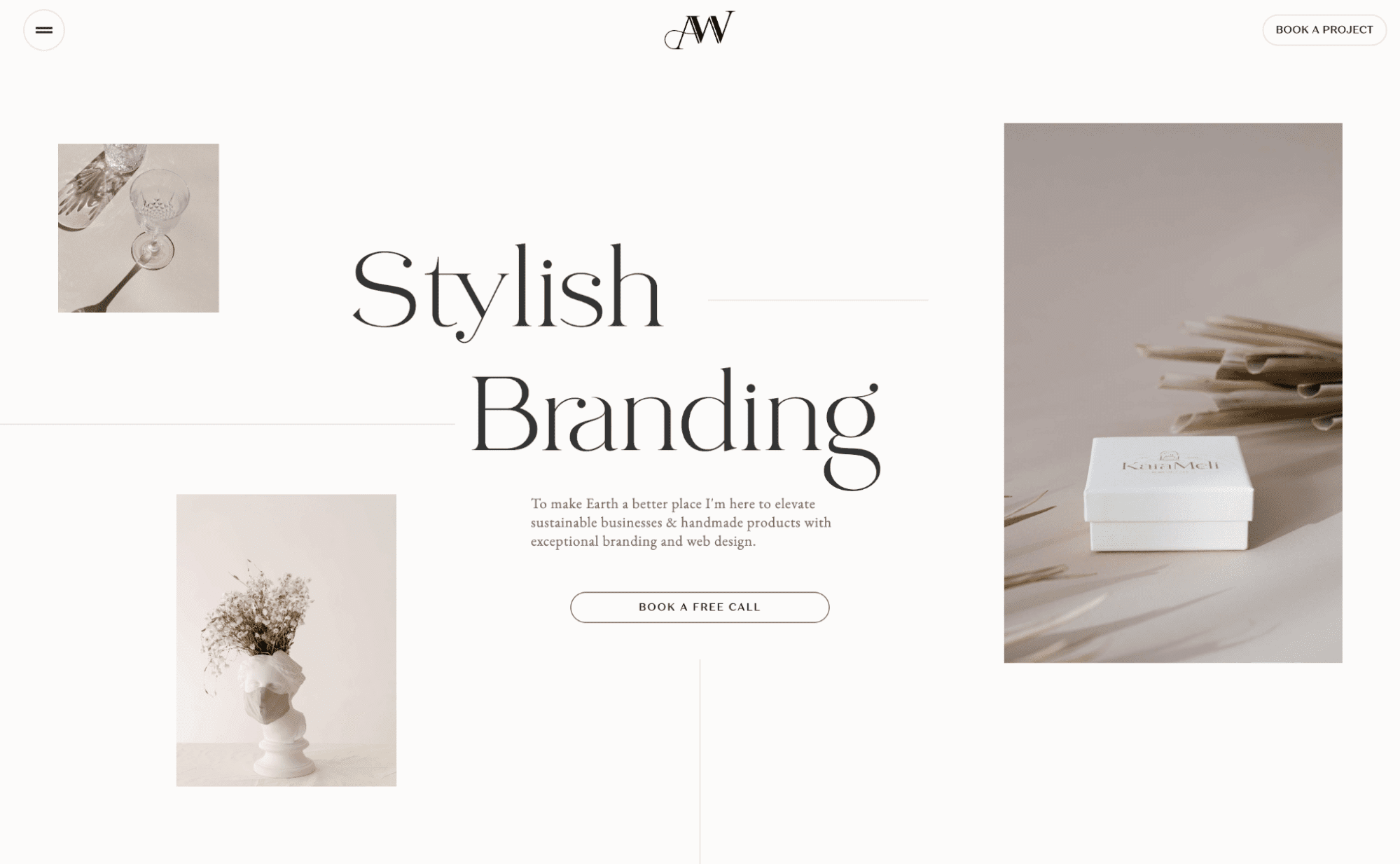
The Impact of Minimalism on Digital Experiences
As we journey through the realm of web design, the philosophy of minimalism emerges as a beacon of clarity in an often chaotic digital world. Embracing the adage “less is more,” minimalist design transforms the user experience into a seamless flow, guiding visitors with precision and purpose. By stripping away the superfluous, designers unveil the very essence of content, allowing users to navigate with ease and delight. In this pursuit of simplicity, not only do brands amplify their visual identity, but they also cultivate a space where user engagement thrives. Conclusively, the impact of minimalism transcends aesthetics, evolving into a powerful tool that fosters trust, reliability, and connection between brands and their audiences.
Moreover, the principles of minimalist web design breathe life into the ever-evolving digital landscape. The focus on speed and mobile optimization ensures that businesses remain agile, catering to the fast-paced nature of today’s users. Quick load times and adaptable layouts are no longer luxuries but essential components of a successful web presence. By thoughtfully implementing minimalist strategies, brands can create memorable experiences that not only captivate but also retain their audience. Ultimately, the minimalist approach is not merely a trend; it’s a celebration of effective communication and an invaluable asset for any digital strategist.
Looking Ahead: The Future of Minimalist Design
In the evolving narrative of web design, the minimalist approach stands at the forefront, poised to shape the future of digital interactions. As technology advances, we see an even greater synergy between form and function, with designers leveraging cutting-edge tools to create harmonious, user-centric environments. The flexibility of minimalist design allows for continuous innovation, seamlessly integrating bold typography and subtle animations that enhance user engagement while maintaining clarity. As we look forward, it becomes evident that the minimalist philosophy will continue to evolve, adapting to the changing needs of users and technological advancements alike.
Embracing minimalist web design paves the way for brands to cultivate more than just virtual spaces; it fosters communities built on simplicity and purpose. Future web experiences will likely prioritize emotional connection and user-centric interfaces that resonate deeply with individuals. By focusing on essential content and elegant design, brands can forge lasting relationships with their users. In conclusion, the journey of minimalist web design is not merely a trend, but a commitment to creating captivating, functional spaces that speak to the heart of users, ensuring their experience remains valuable and engaging in an ever-complex digital landscape.







